

Years from now, when people look back on what pandemic living was like in 2020, one word may come to mind: home. Unsurprisingly, stay-at-home mandates have caused an increase in Do-it-Yourself (DIY) and home improvement projects; while unexpectedly, new home sales in the U.S. spiked in May, beating forecasts. In line with this data, we at CVG Architects have kept busy with a steady rise in residential work, even as we witness other sectors in the design industry stall.
In this changed era, what are high-end homeowners and homebuyers looking for? Beyond the previously popular trends of indoor/outdoor living, open floor plans, and large multi-purpose areas, we’ve seen a noticeable uptick in one special type of amenity: the indoor sports court.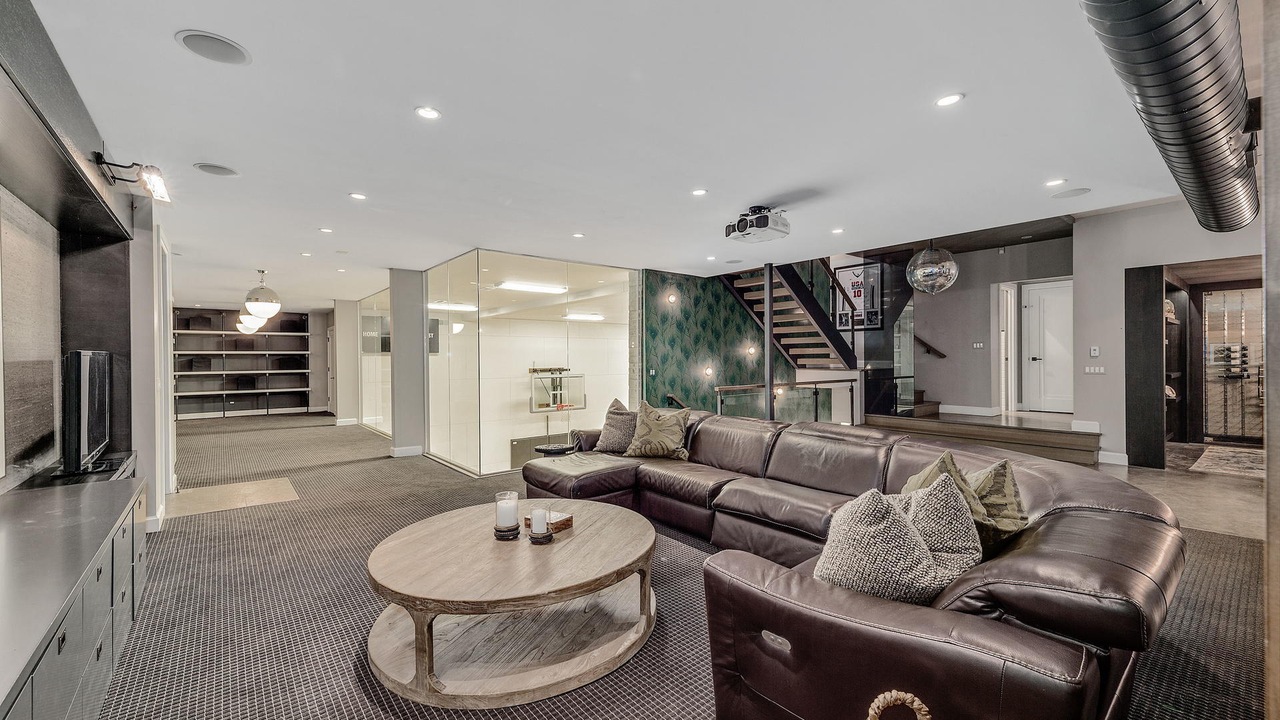
It seems no coincidence that with gym closures imposed by COVID-19, homeowners and homebuyers are thinking creatively about ways to keep fit without having to leave home. While home-gyms provide basic space for exercise, indoor sports courts can host a variety of activities for individuals, family, or friends, combining recreation, fitness, and even entertainment, within a year-round space. But indoor sports courts have a list of considerations unlike any other interior space within the home; and ensuring value over the long-term requires a design that is focused on quality and durability.
We’ve identified four crucial elements in the design of an indoor sports court that will allow this unique home amenity and real estate investment to provide enjoyment to its users for years to come:
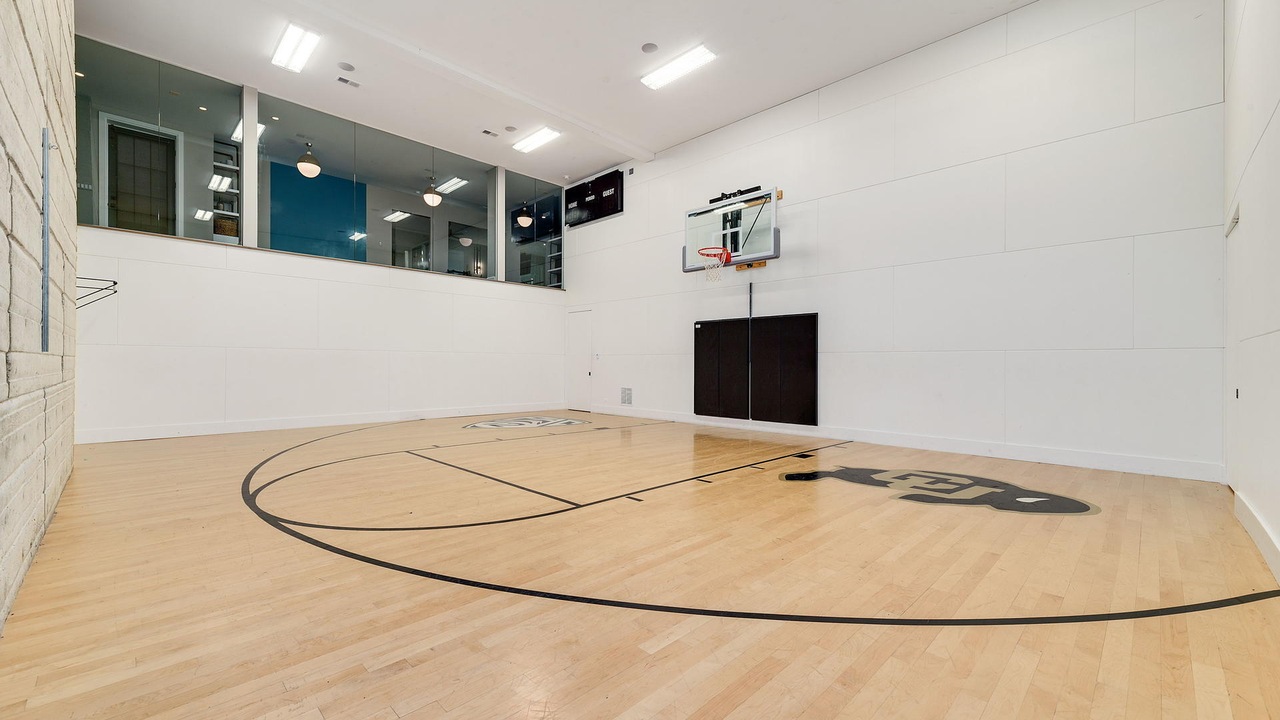
Designing an indoor space that accommodates bouncing balls, rackets, or team sports comes with one obvious challenge: sound. For the home environment, extra sensitivity is a must. Strong soundproofing should be considered to keep noise isolated to the court and silent to the rest of the household; in addition, strategic placement of acoustic panels within the space helps to control noise on the court itself, allowing conversations to take place during play.
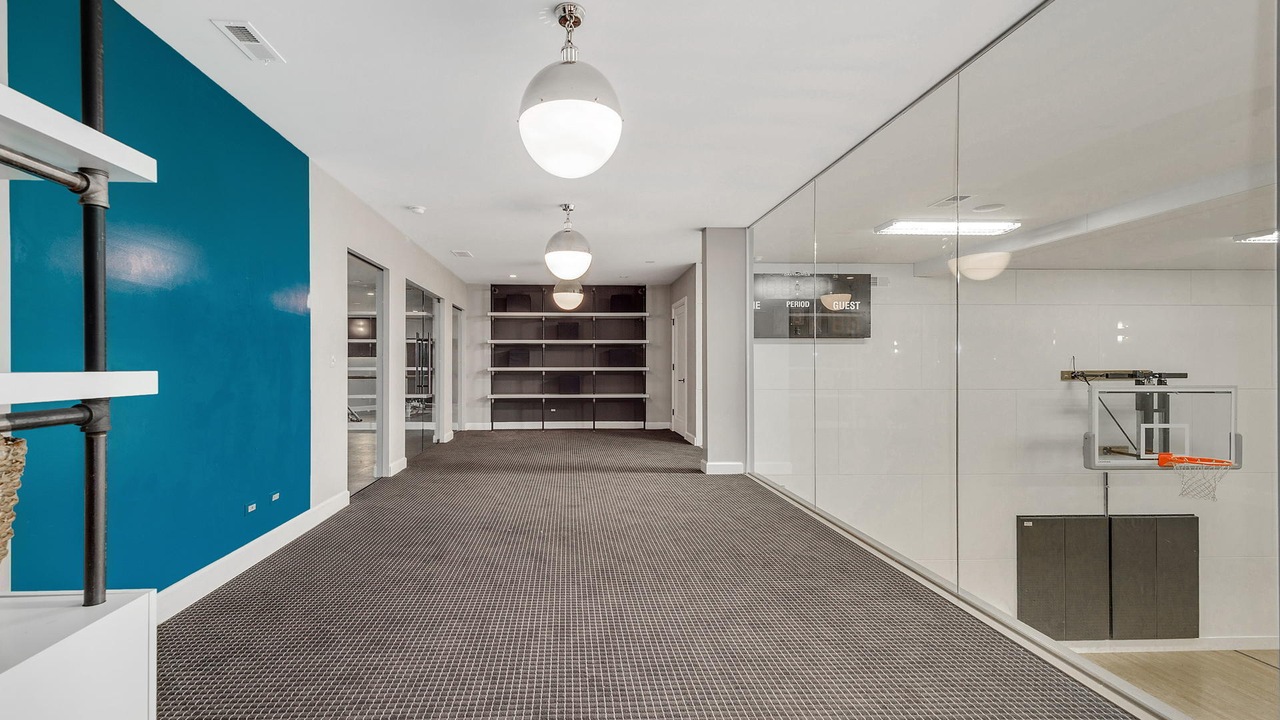
Safety and comfort go hand-in-hand on any sports court. Any glazing that encloses the court must be special laminated glass to avoid breakage. Likewise, specialty lighting is necessary to resist impact. Safety padding around equipment and on walls will help prevent injuries. Cushioned floor systems help reduce impact on the feet, optimize performance, and can be specified up to professional grade according to the owner’s preference. For courts constructed below-grade, thermal comfort is an issue. With average temperatures at 55 degrees Fahrenheit, radiant heating systems are recommended to mitigate colder conditions.
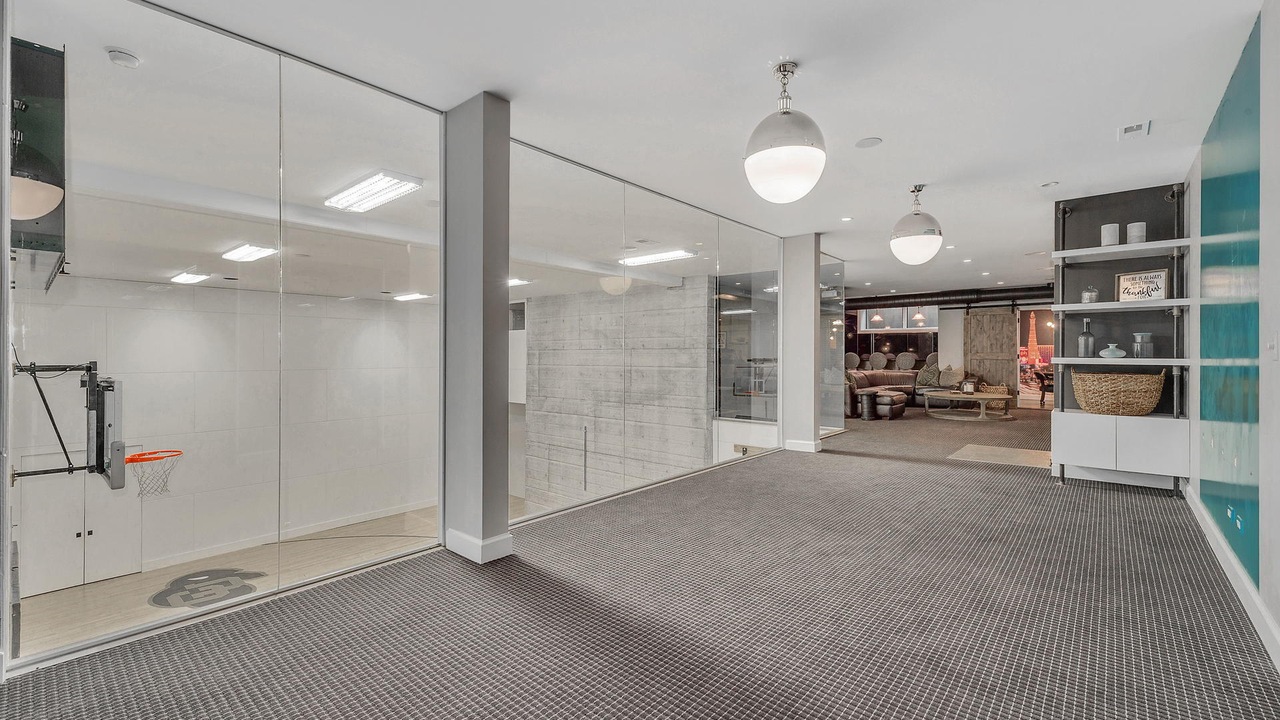
As a creative solution, we are seeing sports courts commonly accommodated below grade, which comes with a specific set of structural issues. Special foundation and slab reinforcements are required to withstand the pressure of soil on deep basement concrete pours. Dependent upon the depth of the sport court, concrete walls can be as thick as 18” and need to be filled with steel reinforcement. In addition, larger, long-span courts require special flooring support systems above to avoid uncomfortably bouncy floors.
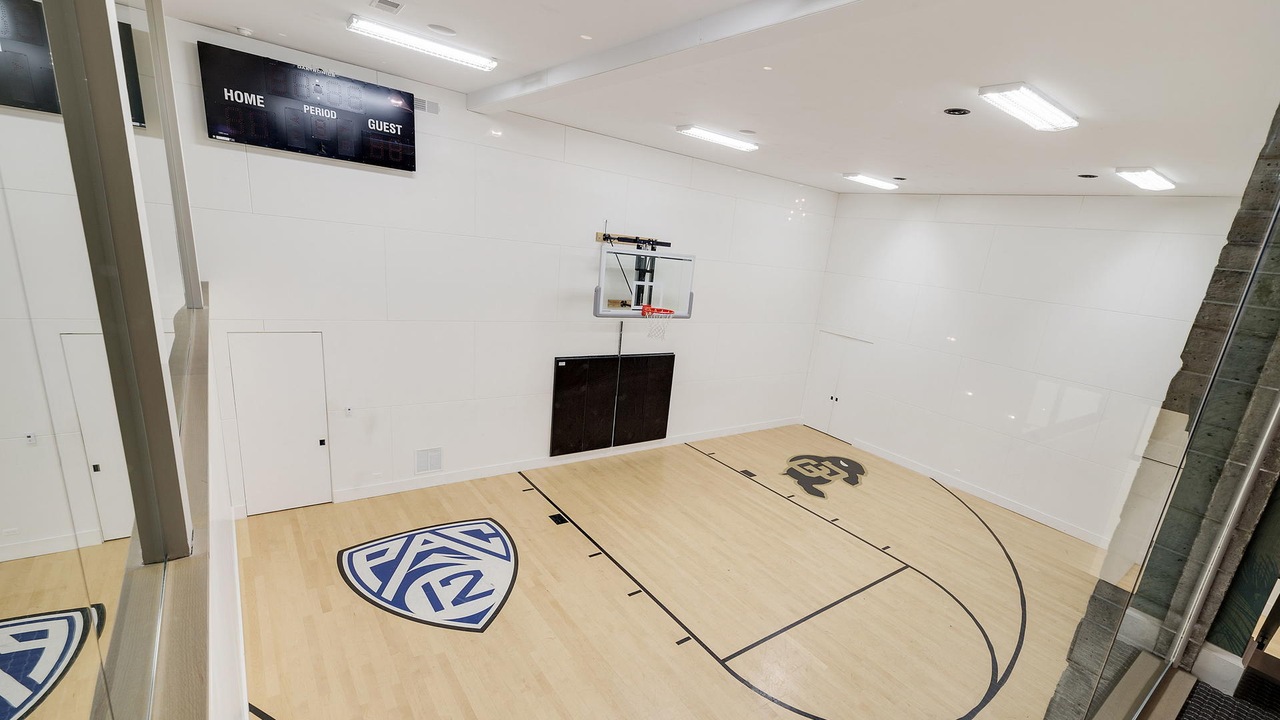
For basement courts, special attention to water and moisture is needed. Owners must obtain an assessment of property soil conditions to ensure they have a low enough water table to build a court below-grade. To control water penetration, oversized sump-pump systems with battery or generator back-ups are needed. Given the prevalence of moisture below-grade, we also recommend selecting specialty non-wood flooring to avoid damage and warping over time.
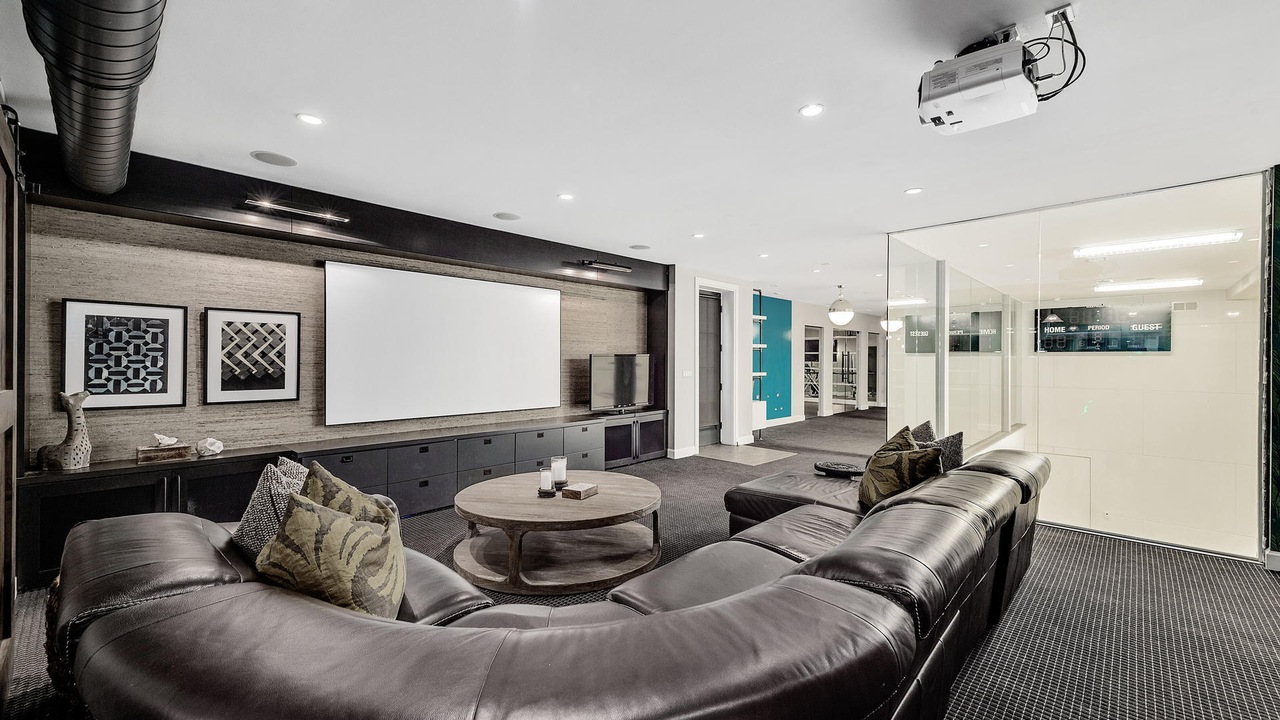
With the sports court trend taking root, homeowners are reaffirming what we have always known: Residential design is constantly responding to changing values; the current evidence is clear that homeowners are prioritizing wellness and active lifestyles during this crisis. Connectivity between recreational spaces and leisure/entertainment functions also ranks high on the list of ‘must-haves’ related to indoor sports courts. Whether you’re considering a simple half-court for basketball, or a full-scale fitness and recreation zone with pool, spa, and entertainment facilities, CVG Architects can serve as your trusted architectural partner and offer a range of creative solutions both tailored to your needs and designed for long-term value.
